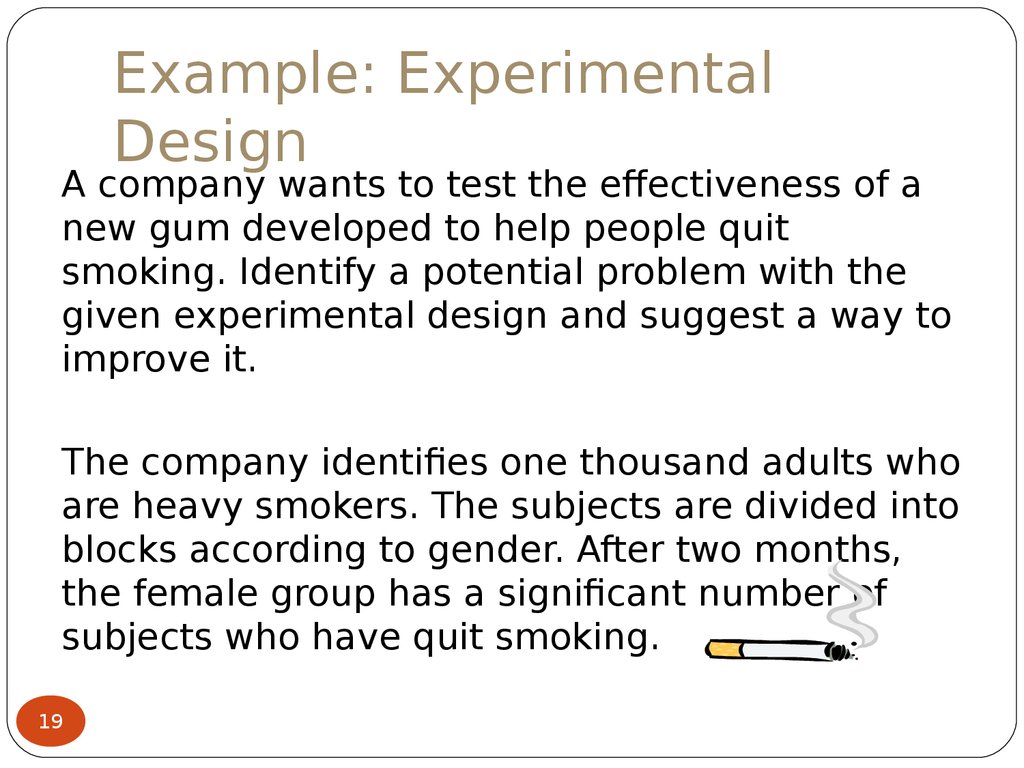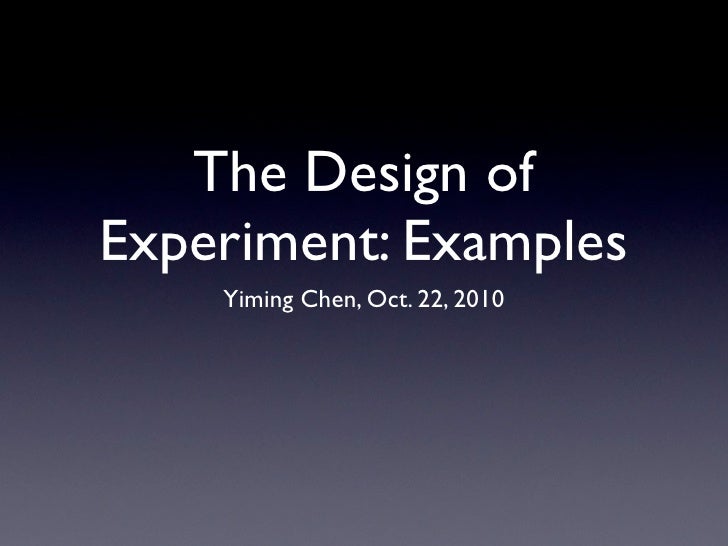Table Of Content

DoE is used especially in drugs that are best delivered via a time-release schedule,. It means that it takes time to dissolve slowly in the body. Because one component of DoE is the settings of factors, performing an experimental runs are applicable here.
Extraneous variables (EV)
However, the inner chamber of the rotary shuttle is so small that the amount of bobbin thread stored in the chamber is small. The rotary shuttle must stop frequently for replacing the bobbin, which greatly affects the production efficiency. Therefore, there is great scientific significance and application value to study the stitch formation principle of embroidery work and the thread-hooking mechanism which can meet the large supply of bobbin threads.
3 Displacement equation of looper tip
A sample of customers were selected and shown the different mockups. After viewing them, the customer then ranked the different mockups from most preferred to least preferred. The ranking provided the numerical value of that combination.

Purpose of Experimental Design
Designing Killer Queen: from playground experiment to modern arcade sensation - Game Developer
Designing Killer Queen: from playground experiment to modern arcade sensation.
Posted: Wed, 18 Oct 2023 17:35:11 GMT [source]
We have seen intense feelings about this conflict play out in Hollywood. We’ve seen them in our politics in all kinds of interesting ways. And I think if we zoom out for a second, it’s worth bearing in mind that she tried to choose a different path here than her counterparts at Harvard or Penn. And after all of this, she’s kind of ended up in the exact same thicket, with people calling for her job with the White House, the Mayor of New York City, and others. Maybe not calling on her to resign quite yet, but saying, I don’t know what’s going on your campus.

We don’t know if students are going to leave campus for the summer. And now both ends of this spectrum, lawmakers in Washington, folks on the Columbia campus, are saying she can’t lead the University over this situation before she’s even made any fateful decision about what to do with this second encampment. You have faculty, including professors, who are not necessarily sympathetic to the protesters’ view of the war, who are really outraged about what Shafik has done here. They feel that she’s crossed a boundary that hasn’t been crossed on Columbia’s campus in a really long time. And so as Isabella and her colleagues at the college newspaper see it, there’s this overall chilling effect that occurs. Some students become fearful that if they participate in any demonstrations, they’re going to face disciplinary action.
This critical process ensures that each group is comparable and extraneous variables do not bias the results. By eliminating potential bias, randomization safeguards the truthfulness of the experimental outcomes, making the findings generalizable and credible. Counterbalancing (randomising or reversing the order of treatments among subjects) is often used in within-subjects designs to ensure that the order of treatment application doesn’t influence the results of the experiment. Factors might include preheating the oven, baking time, ingredients, amount of moisture, baking temperature, etc.-- what else? You probably follow a recipe so there are many additional factors that control the ingredients - i.e., a mixture. What parts of the recipe did they vary to make the recipe a success?
However, the focus of the course is on the design and not on the analysis. Thus, one can successfully complete this course without these prerequisites, with just STAT Applied Statistics for instance, but it will require much more work, and for the analysis less appreciation of the subtleties involved. You might say it is more conceptual than it is math oriented. Copyright © 2024 Elsevier B.V., its licensors, and contributors. All rights are reserved, including those for text and data mining, AI training, and similar technologies. For all open access content, the Creative Commons licensing terms apply.
Limitations of Experimental Design
The term “Design of Experiments,” also known as experimental design, was coined by Ronald Fisher in the 1920s. He used it to describe a method of planning experiments to find the best combination of factors that affect the response or output. It is used to reduce design expenses because analysis of input parameters or factors gives way in identifying waste and which processes can be eliminated. It also helps remove complexities and streamlining the design process for cost management in the manufacturing process. In a factorial design, participants are randomly assigned to one of several groups, each of which receives a different combination of two or more independent variables.
However, DOE is NOT limited to looking at just two factors. Zooming out and picturing what we have done on a map, we can see that we have only been exploiting a very small part of the entire experimental space. The true relationship between pH and volume is represented by the Contour Plot pictured below. We can see that the optimal value would be somewhere at the top in the larger red area. Below is an example of a table that shows the yield that was obtained when changing the volume from 500 to 700 ml.
Columbia University has become the epicenter of a growing showdown between student protesters, college administrators and Congress over the war in Gaza and the limits of free speech. And on Wednesday, Hamas released a video of Hersh Goldberg-Polin, an Israeli-American dual citizen, whom Hamas has held hostage since October 7. It was the first time that he has been shown alive since his captivity began.
Randomly allocating participants to independent variable conditions means that all participants should have an equal chance of taking part in each condition. Experimental design refers to how participants are allocated to different groups in an experiment. Types of design include repeated measures, independent groups, and matched pairs designs. A full factorial design provides information about all the possible interactions.
The main effects of a DOE are the individual factors that have a statistically significant effect on your output. In the common two-level DOE, an effect is measured by subtracting the response value for running at the high level from the response value for running at the low level. [This blog was a favorite last year, so we thought you'd like to see it again. ].Whether you work in engineering, R&D, or a science lab, understanding the basics of experimental design can help you achieve more statistically optimal results from your experiments or improve your output quality. In the Design of Experiments (DoE), selecting the right software tools is pivotal for ensuring precision, efficiency, and aesthetic clarity of data analysis.

No comments:
Post a Comment